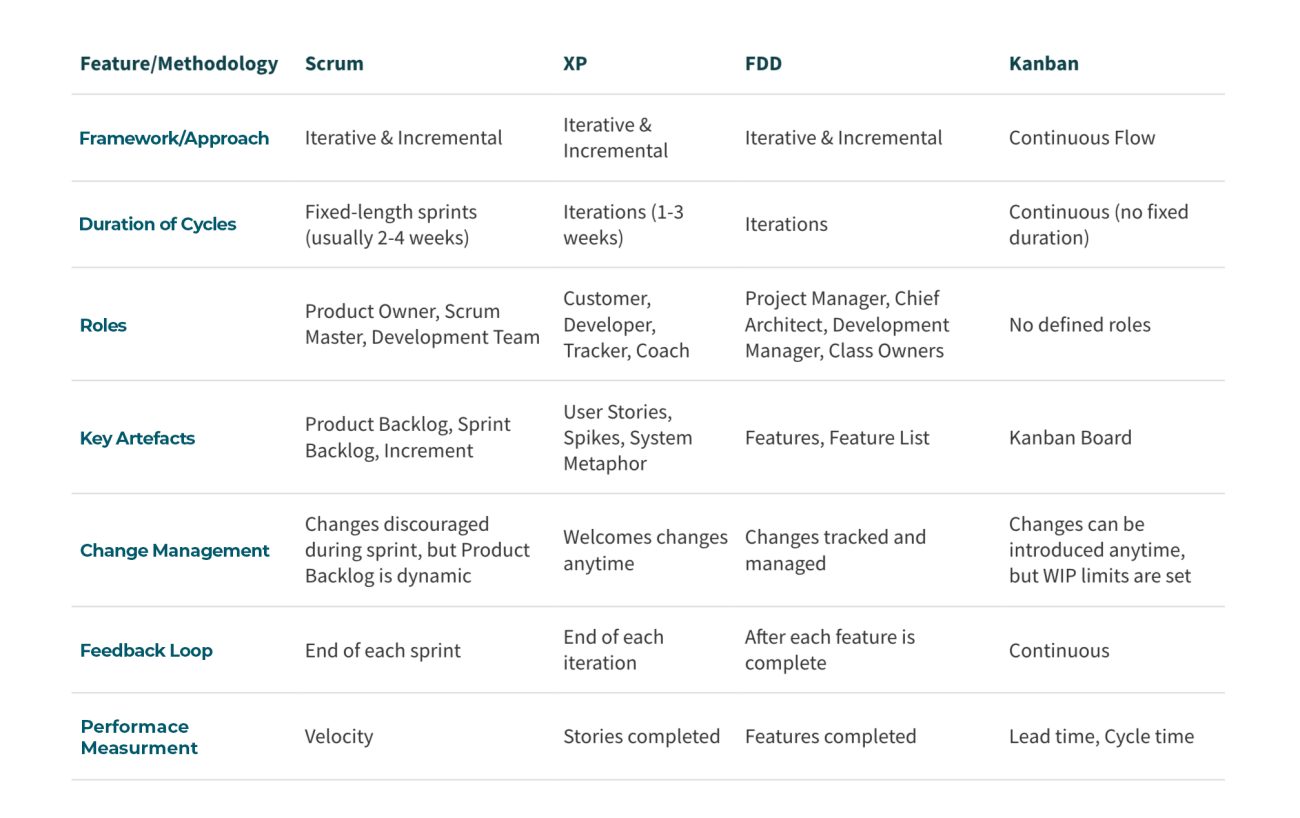|
Listen to this story
|
Scrum’s popularity has declined significantly in the past few years and there is a growing dislike among engineers who’ve experienced how inefficient the framework is. The rigid framework, which is executed in short intensive sprints with long meetings after every sprint, is precisely the reason for its unpopularity. Scrum can’t be used for all types of projects and this has given rise to many more Agile methodologies like Kanban, XP (Extreme Programming) and Lean Methodology, to name a few.
Scrum’s original design caters to small teams, leading to complications when adapting it to larger undertakings. It is only suited for well-defined projects with clear scopes.
Both sides of the argument
There is a lot written about the pros and cons of Scrum, while some swear by it, claiming, “if Scrum doesn’t work for you, you’re doing it wrong!”, others point out the fallacy of the argument citing the different flaws of the methodology itself. The success stories of Scrum acknowledge the clear responsibilities and accountabilities, contributing to better alignment and focus.
Scrum thrives in scenarios where the project’s requirements might evolve or where customer feedback is crucial because of its short sprints. It works well when a team can commit to the roles, ceremonies, and iterative nature of the framework. When there is a need for clear accountability and communication among team members, stakeholders, and customers, Scrum works better than Kanban which works on a less rigid task allocation.
The problem is the scale at which Scrum is used. While there is some consensus on the strengths of the methodology, it is not applicable for all projects. One common situation engineers face is, in teams which build multiple applications, individuals can’t start a new story until all the ongoing stories are complete. The team members who’ve completed remain idle until each of them have finished their story, which is entirely inefficient.
Long meetings are another pain point for users, there’s a substantial investment in planning and meetings. Significant time is allocated to discussing stories that sometimes require only 30 minutes for completion. The meetings that concern only two people end up involving the entire team.

Alternative Agile methodologies
Kanban is the next most popular Agile methodology used. It is a visual workflow management system that focuses on continuous delivery and flexibility. Work items are represented as cards on a Kanban board, progressing through various stages of development. Unlike Scrum’s fixed-length sprints, Kanban allows for a continuous flow of work with no predefined timeboxes. It’s often used for maintenance tasks, support, and projects with evolving priorities. Unlike Scrum, Kanban doesn’t have fixed roles or ceremonies, making it more adaptable to different scenarios.
Another popular one is Extreme Programming, which focuses on engineering practices to enhance software quality. It emphasises practices like test-driven development, pair programming, and frequent releases. XP encourages close collaboration between developers, testers, and customers. Like the name suggests, XP focusses on the technical aspect of software development, and its practices can be applied within other Agile frameworks.
Where Scrum emphasises the division between roles, Feature-Driven Development (FDD) is more specialised with chief programmer, development manager, and others. It’s suitable for projects that can be broken down into well-defined features. FDD centres around building software incrementally by focusing on features or use cases specific to client needs. It uses a feature list to guide development.
What’s in the future?
Even with all its shortcomings, Scrum remains extremely popular. About 56% of companies use Scrum as a standalone methodology, and around 83% of them use it as a hybrid model along with XP or Kanban or other Agile methodologies.
Recently, these numbers are shifting. Early this year, Capital One sacked its entire Agile division, merging the roles into existing product managers. It’s highly possible that the era of Scrum Masters overseeing teams could diminish, while businesses might embrace Agile practices within teams or opt for a model similar to what Capital One has implemented.



















































































